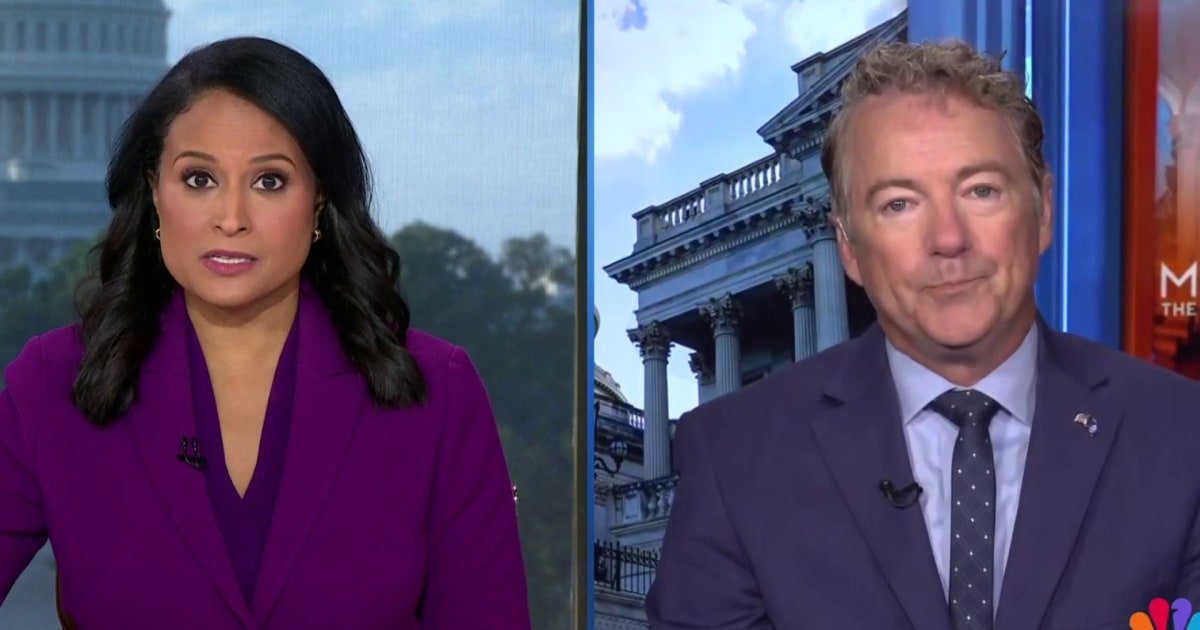Nicotine levels in cigarettes sold in the United States would have to be drastically reduced under a proposal released Wednesday by the Food and Drug Administration.
If implemented, the change would mean that cigarettes would lose their ability to hook most people into addiction.
“By reducing the level of nicotine in cigarettes and other combusted tobacco products to a level low enough that it does not create or maintain addiction, you can break the cycle of exposure to these toxic chemicals,” said Brian King, director of the FDA Center for Tobacco. Products, he said during a briefing with reporters.
Smoking kills more than 480,000 Americans each year. Nicotine levels in cigarettes vary widely by brand, but typically average 13 milligrams per cigarette. The FDA’s plan would limit nicotine in nearly all combustible tobacco products (a category that includes cigarettes, most cigars, and pipe tobacco) to 0.07 milligrams. That’s about a 95% reduction.
Although the proposal was released at the last minute by the outgoing Biden administration, officials during President-elect Donald Trump’s first term raised the possibility of a federal regulatory plan for nicotine. Therefore, it is possible that the change will advance in the next four years.
“If there is a goal to make America healthy again, I can’t imagine anything more important than this,” FDA Commissioner Dr. Robert Califf said on the conference call. Califf, a Biden appointee, will resign when Trump takes office.
If the rule is finalized, companies would have two years to make the necessary changes.
The FDA proposal does not include e-cigarettes, other vaping products, hookahs, smokeless tobacco products, or nicotine replacement pouches.
“While my preference would be for the use of all of these products to decrease, I think there is value in reducing harm by helping people avoid becoming addicted to cigarettes,” said Dr. Richard Besser, former acting director of the CDC and current president of the Robert Wood Johnson Foundation.
When tobacco is burned, toxins are released that are known to cause cancer, heart disease, and other chronic illnesses. Nicotine is the substance in cigarettes that makes them so addictive.
“It’s the tar and everything related to nicotine that poses the biggest risk to people’s health,” Besser said. “But nicotine is what gets you hooked.”
The proposal was welcomed by public health officials, although American Lung Association CEO Harold Wimmer suggested it doesn’t go far enough.
“We urge the FDA to reduce nicotine levels to non-addictive levels in all tobacco products, including all cigars, hookahs and e-cigarettes,” Wimmer said in a statement.
Almost all adult smokers started as teenagers. The FDA estimates that, if finalized, the nicotine limit could prevent 48 million children and young adults from becoming addicted. The agency also predicts that nearly 13 million people would quit smoking within a year.
A 2018 study estimated that a nicotine limit would result in 16 million fewer people becoming addicted to tobacco by 2060. That number would rise, the study projected, to 33.1 million by 2100.
“Given these tremendous benefits, we urge the incoming Trump administration to move forward with finalizing and implementing this rule,” Yolonda C. Richardson, president and CEO of the Campaign for Tobacco-Free Kids, said in a statement.
Dr. Scott Gottlieb, who served as FDA commissioner during the first Trump administration, said the FDA proposal is “an important step toward realizing a broader vision” of how the agency can use its authority to help. smokers to give up combustible cigarettes.
Gottlieb added that adults who still want access to nicotine would have a market for “properly regulated, non-combustible products, such as pouches and e-cigarettes, that do not cause all of the deaths and illnesses associated with smoking.”
This does not mean that vaporizers and other products not covered by the new proposal are safe. E-cigarettes, for example, are known to contain other toxic chemicals that can contribute to asthma, lung and heart disease.
“Youth should not use any tobacco products, and adults who do not currently use tobacco should not start using tobacco now,” King said.
The public will have the opportunity to weigh in on the FDA proposal until mid-September.









